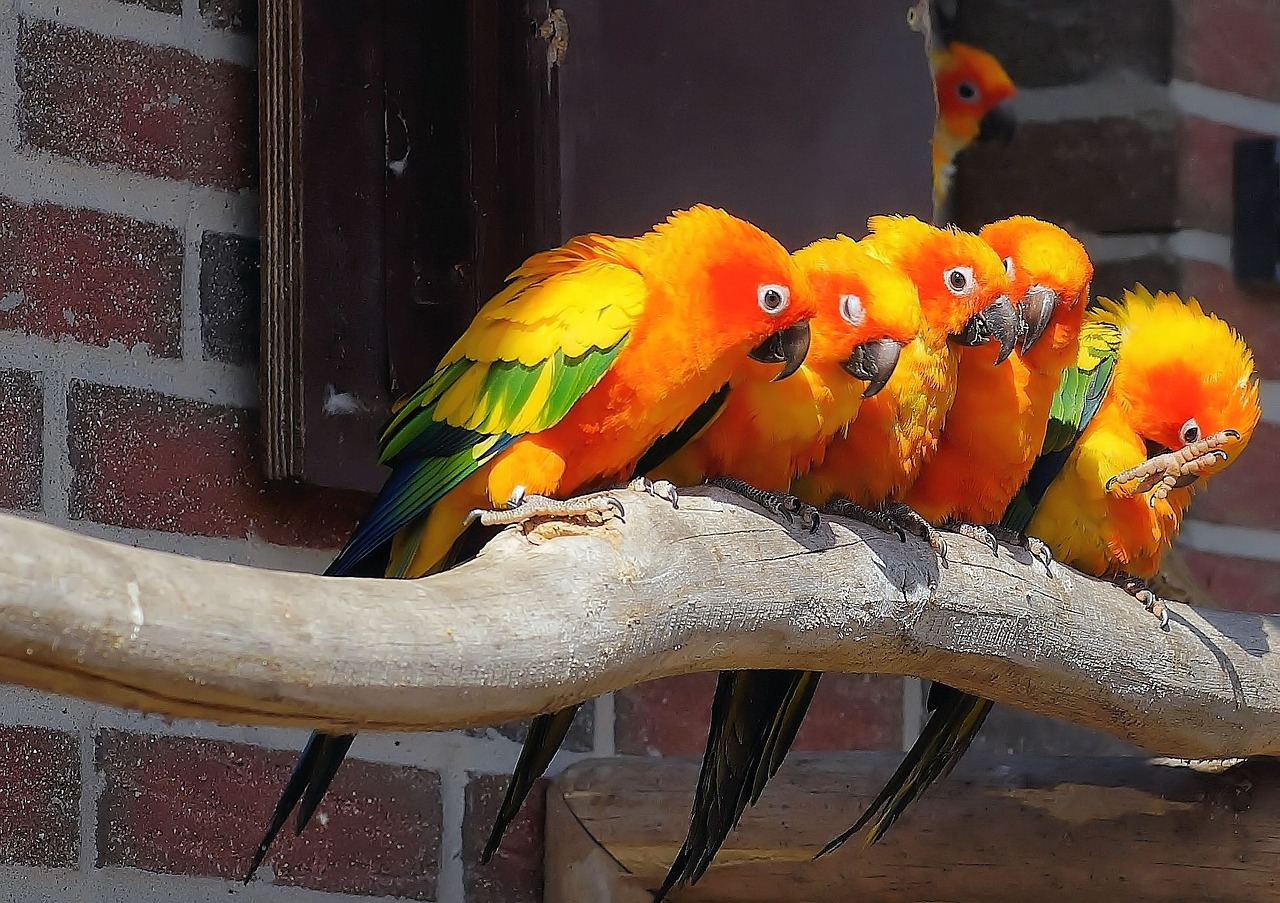Talking about birds conquering human places the catastrophic picture of one famous Hitchcock’s film arises. But how far are we from this picturesque idea?
Invasive species are one of the most serious threats to biodiversity, and in most cases, such introductions are attributable to humans. Of the 800 animal species that have been recorded as extinct since 1500, the cause can be attributed to such invasions in at least 33 % [1].

In the case of parrots our cities seem to be like the goose that laid the golden eggs. It is estimated that of the approximately 380 species of parrots existing in the world, at least today 60 have a population capable of reproducing in a country outside their natural geographic range. Parrots are intelligent, adaptable, creative and loud. They live in complex social environments; some of their behaviors are similar to those of humans.
It has been observed that they change their reproductive rhythm according with the cities’ climate conditions.
Nevertheless, because many people have a fondness for parrots as pets and because some laws protect them, they are now one of the most diffused species in human spaces.
This is not always a good cohabitation. It has been largely observed that they caused severe damage to agricultural activities (in Spain, Israel, the United States, England, and even in their native environments, such as Uruguay and Argentina). It is also known that they are highly aggressive towards other bird species in the areas it has invaded, and they can potentially spread diseases to other species. For example, in New York, they impede the migration of other species. [2]
In Australia, the sulphur-crested cockatoo has found in human habitat a way to escape the extinction. Furthermore, urban environments may also promote innovation (an asocially learned solution to a problem) by providing novel resources and foraging opportunities. Sulphur-crested cockatoos are a large-brained, long-lived, and highly social parrot native to eastern Australia. They are increasingly common in cities and in recent years, there have been isolated reports of cockatoos opening the lids of household waste bins to scavenge food [2], producing dirty streets and sidewalks.

So these cohabitation are not always easy to be managed and their impact on human habitats are not valuable thus far, but we must reflect that this invasion is attributable to the mankind themselves.
[1] Evaluation of the invasion potential of the monk parakeet, Myiopsitta monachus, in Natural Protected Areas in Mexico; S. A. Huerta–Sánchez, F. M. Huerta–Martínez, A. Muñoz–Urias, C. Neri–Luna, F. J. Sahagún–Sánchez, J. P. Castruita–Domínguez – Animal Biodiversity and Conservation – 46.1 (2023)
[2] Innovation and geographic spread of a complex foraging culture in an urban parrot; Barbara C. Klump, John M. Martin, Sonja Wild, Jana K. Hörsch, Richard E. Major, Lucy M. Aplin – Science 373, 456–460 (2021)





